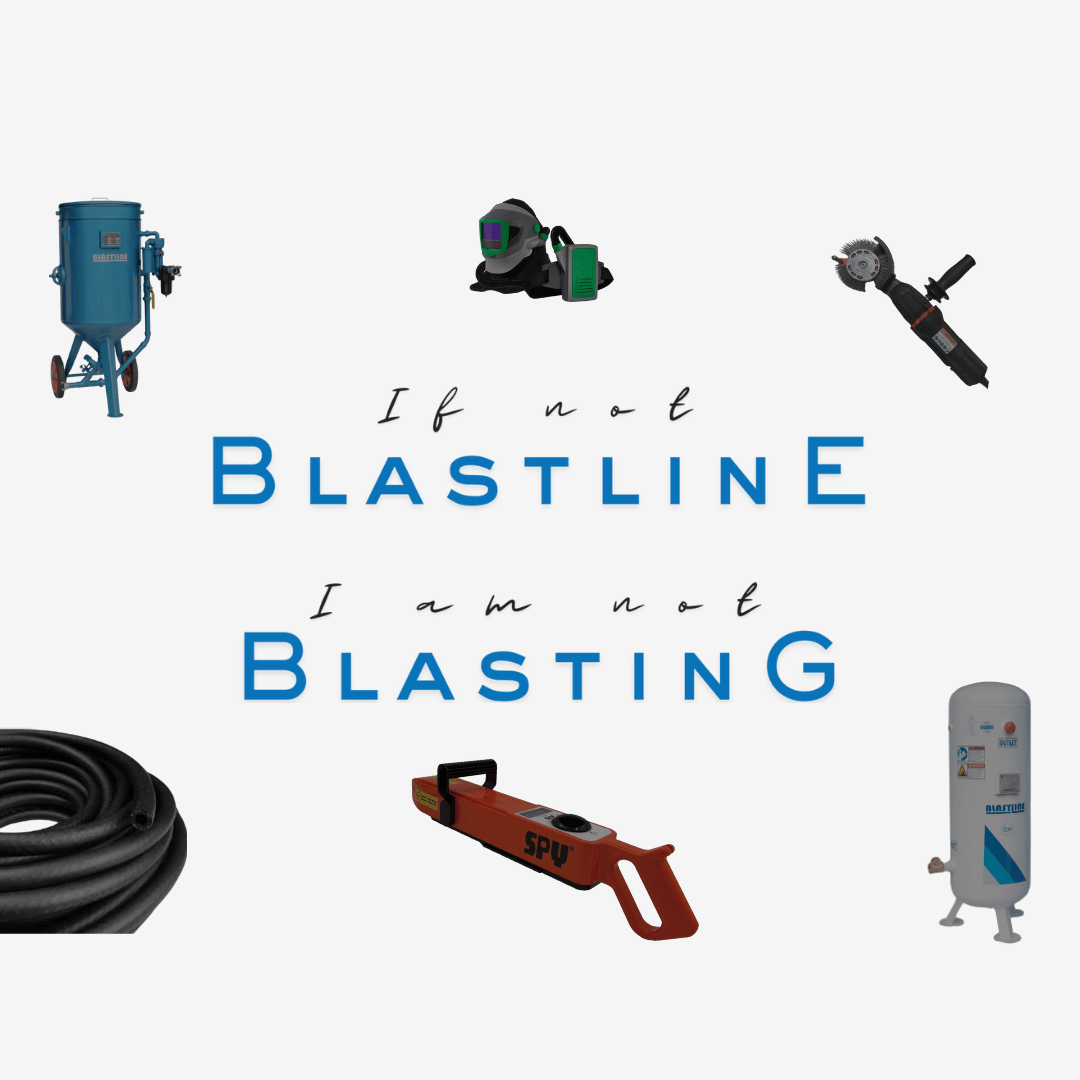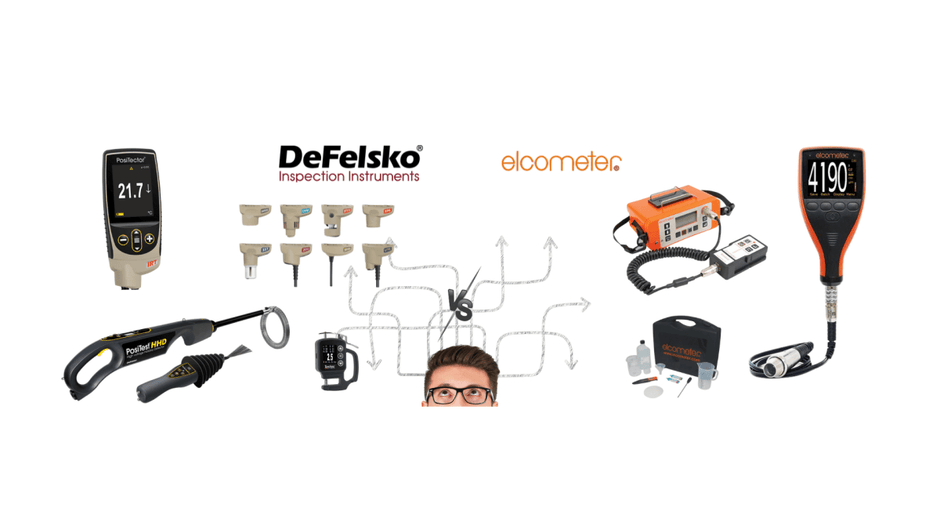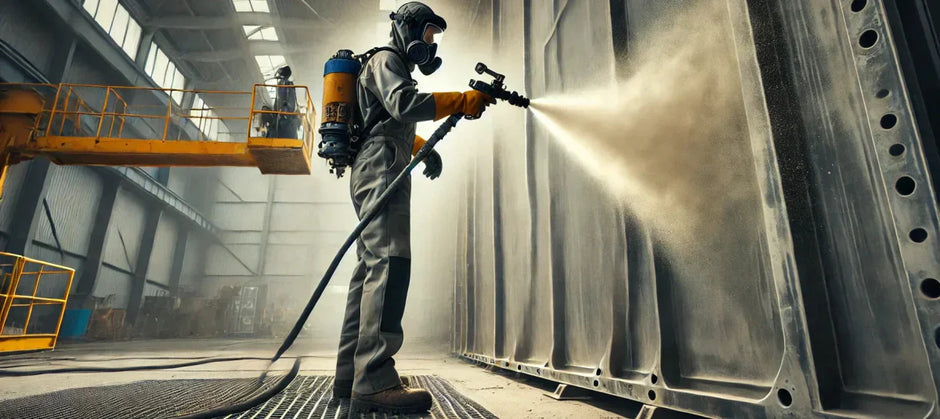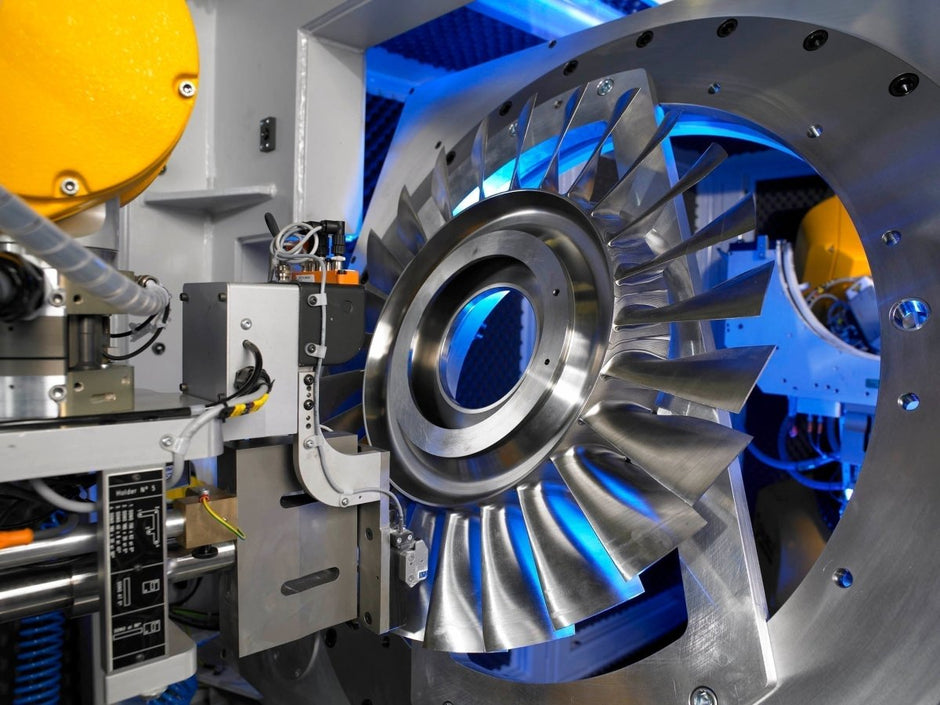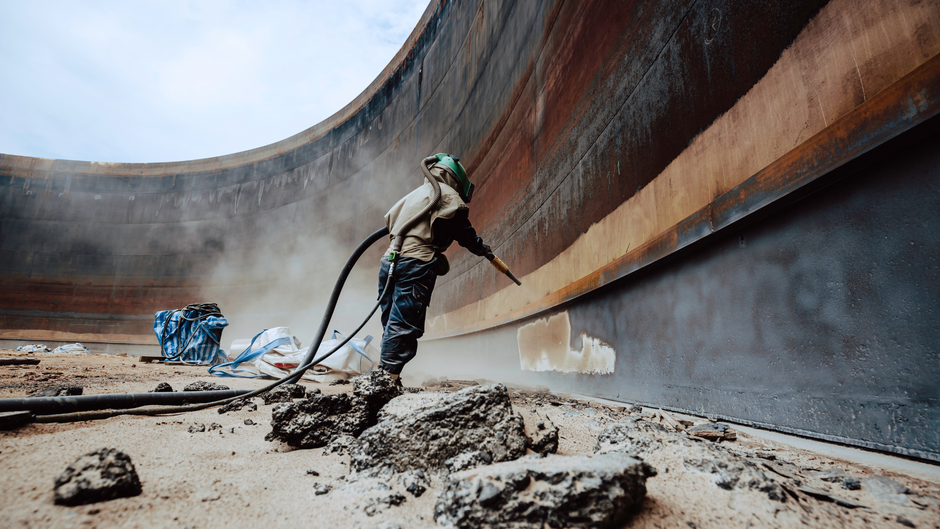The Power of Abrasives: A Comprehensive Guide to Sandblasting and its Applications
Abrasive blasting is a versatile method used to modify a surface to be smooth, rough, cleaned, or finished. This technique is known by various names, including sandblasting, media blasting, and grit blasting. The primary difference between these methods is the type of abrasive material used.
What are Abrasives?
An abrasive is a material, often a mineral, used to shape or finish a workpiece through rubbing. This process causes part of the workpiece to wear away due to friction. Finishing can involve polishing to achieve a smooth, reflective surface, or roughening to create a matte or beaded finish. Abrasives are common in industrial, domestic, and technological applications, and vary widely in physical and chemical composition. They are used in grinding, polishing, buffing, honing, cutting, drilling, sharpening, lapping, and sanding.
Abrasives generally work because they are harder than the material being worked on. Repeated rubbing of any two solid materials will cause them to wear away.
Abrasives are classified as either natural or synthetic.
- Naturally occurring abrasives include calcite (calcium carbonate), diamond dust, emery (impure corundum), garnet, iron (III) oxide, novaculite, pumice, sand, and sandstone.
- Synthetic abrasives include borazon (cubic boron nitride or CBN), ceramic aluminum oxide, dry ice, glass powder, silicon carbide (carborundum), steel abrasive, and zirconia alumina.
Abrasives come in different forms, such as dressed stones, bonded abrasives, and coated abrasives. Bonded abrasives consist of abrasive material within a matrix or binder, often shaped into blocks, sticks, or wheels. Coated abrasives feature an abrasive fixed to a backing material like paper or cloth.
What is Sandblasting?
Sandblasting, also known as abrasive blasting, involves propelling a stream of abrasive material against a surface under high pressure to smooth, roughen, shape, or remove surface contaminants. Compressed air or a centrifugal wheel typically propels the abrasive material. The first abrasive blasting process was patented in 1870 by Benjamin Chew Tilghman.
Sandblasting equipment usually has a chamber for mixing sand and air, which then travels through a handheld nozzle.
There are many types of sandblasting techniques, each designed for specific applications. Sand blasting uses dry silica abrasive particles propelled at high velocity. Wet blasting injects water into the nozzle to control airborne dust, creating a mix of air, water, and abrasive particles to clean surfaces. Vacuum blasting, also known as dustless blasting, utilizes a machine with vacuum suction to remove abrasives and surface contaminants, recycling the abrasives. Centrifugal blasting uses a motor-operated blade wheel to hurl abrasives at high speeds without compressed air. Soda blasting uses sodium bicarbonate as the abrasive, suitable for softer surfaces. Steel grit blasting uses spherical steels as abrasives, commonly used to clean metal surfaces. Bristle blasting does not project an abrasive; instead, steel wire bristles are rotated against the material surface. Dry-ice blasting projects carbon dioxide pellets, ideal for cleaning food processing equipment as it is non-toxic. Pencil blasting mixes high-pressure air and fine powder, ejecting it through a small nozzle for precise cleaning. Finally, bead blasting uses glass beads powered by air pressure to clean, deburr, and peen metal surfaces, creating a uniform finish.
Why is Abrasive Blasting Needed?

Abrasive blasting is essential for various reasons across multiple industries:
- Surface Preparation: Abrasive blasting prepares surfaces for painting by removing debris and smoothing imperfections, ensuring better and longer-lasting paint adhesion.
- Cleaning and Maintenance: It thoroughly cleans and maintains stainless steel food processing equipment and baking components, removing baked-on food stains and grease deposits.
- Architectural Restoration: Abrasive blasting cleans and prepares architectural components like beams and columns for coatings and aids in architectural restoration.
- Surface Restoration: Mild forms of abrasive blasting, like soda or dry ice blasting, restore surfaces like wood, concrete, and brick, preparing them for painting, staining, or finishing.
- Warehouse Cleaning: It deep cleans warehouse interiors, including structural struts and joists, removing residue from equipment, walls, and machinery.
- Railroad Car Maintenance: Abrasive blasting keeps railroad cars clean and free of potentially dangerous residue between shipments and prepares them for painting.
- Bridge Maintenance: It is used for the cleaning, maintenance, and painting of concrete and steel bridges, minimizing downtime and keeping critical components intact.
- Component Preparation: It prepares surfaces like glass for etching and steel products for powder coating, ensuring optimal bonding.
- Plastic Injection Mold Cleaning: Abrasive blasting gently and effectively cleans and removes residue from plastic injection mold cavities.
- Casting Application Sanding: Foundry sand is used to create, clean, and maintain sand-casting molds.
- Lifetime Improvement: Abrasive blasting is used for shot peening, which prolongs the life span of machine and equipment bearings, shafts, and gears.
- Graffiti Removal: Organic abrasive blasting methods, like those using corn cobs or walnut shells, remove graffiti and clean surfaces safely.
- Corrosion Prevention: Painting after sandblasting removes dissimilar oxygen and environmental factors that contribute to corrosion.
Abrasive blasting is a highly effective and efficient method for cleaning and preparing surfaces across various industries.
Types of Abrasives and Buying Options:
- Deccan Garnet: A hard, heavy, and durable abrasive suitable for cleaning steel in shipbuilding, tanks, and offshore platforms. It cuts fast, is environmentally friendly, and can be recycled up to 5 times.
- Indoblast Copper Slag: A cost-effective abrasive for various jobs, quickly cutting through tough coatings. It is suitable for heavy-duty jobs, general-purpose work, and cleaning new metal.
- SA Grit: A tough, clean, and economical abrasive that blasts off the toughest coatings and prepares surfaces right the first time. It allows for fast and easy cleanup and does not react with coatings or attract moisture.
- Steel Shot: Grey metal spheres used in airless wheel blast machines for cleaning foundry castings, surface polishing, and shot peening. It is very long-lasting and can be recycled numerous times.
- Brown & White Aluminum Oxide Grit: An extremely aggressive and hard abrasive used primarily for blasting non-ferrous surfaces where ferric contamination is a concern. It can be recycled many times.
- Glass Bead: Non-metallic spherical beads for effective cleaning, polishing, deburring, or peening of metal, plastic, or rubber materials. It works well on stainless steel and removes paint finishes from automobiles.
- Glass Grit: Tough, clean, and economical, made from 100% recycled glass with no traces of heavy metal, providing a perfect substitute for Garnet.
- Steel Grit: A hard, angular abrasive that cleans and etches the hardest steel surfaces. It has maximum breakdown resilience and can be reused multiple times.



